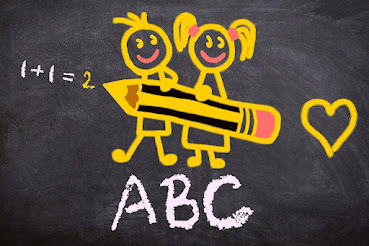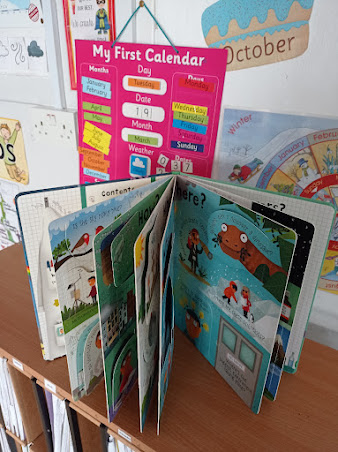Navigating Sensory Processing Disorders: Supporting Your Child's School Experience

Sensory Processing Disorder (SPD) is a neurological condition that affects how individuals process and respond to sensory stimuli from their environment. While sensory experiences are typically integrated seamlessly by the brain, individuals with SPD may have difficulties in this regard, leading to sensory over-responsivity, under-responsivity, or seeking behaviours. This means that everyday sensations such as touch, sound, taste, smell, and sight can be perceived as overwhelming or even painful for those with SPD. As a result, individuals may exhibit a range of behaviours, including sensory avoidance, hyperactivity, meltdowns, or withdrawal , as they attempt to regulate their sensory input. Understanding and recognising SPD is crucial for providing appropriate support and accommodations for individuals affected by the condition. While Sensory Processing Disorder is not officially recognised as a standalone diagnosis in the Diagnostic and Statistical Manual of Mental Disorders (DSM-
.jpg)




